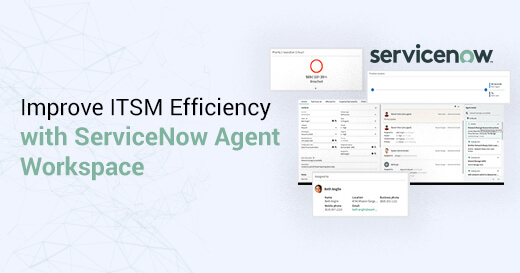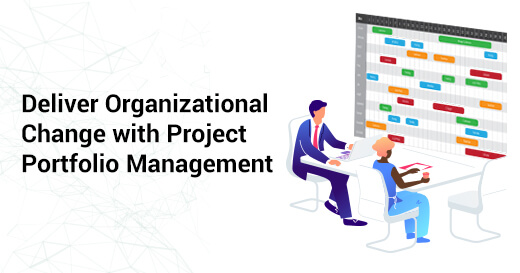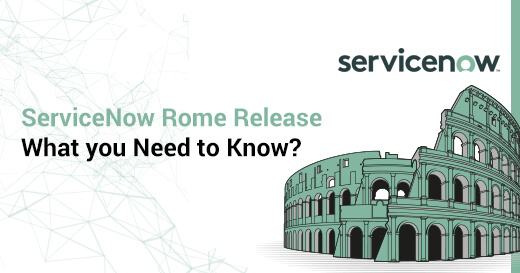AEM Integration with Third-Party Services
Written by Jeethu Augustine
Technical Content Writer
Businesses have a stiff competition to provide an efficient and effective customer experience. With trending ecommerce solutions readily available in the market, businesses don’t want to fall apart due to their commerce limitations. And so, in order to aid businesses enhance commerce, Adobe Experience Manager (AEM) has an additional 3rd party solution with Commerce backend to power its storefront.
With Commerce Integration Framework (CIF), a 3rd party solution can be integrated with AEM. CIF provides elements such as an accelerator storefront, Commerce core components, and authoring tools that work out-of-the-box. Along with these CIF elements, some additional development is also required to integrate AEM with a 3rd party solution.
The promising features of CIF includes:
- An out-of-the-box storefront that can accelerate integration of commerce data
- A deeper integration with Magento and also enhance AEM authoring experience
- CIF core components are designed to be used with minimum or no modifications
- A perfect platform to combine commerce and marketing content
The above diagram depicts an addition integration layer along with AEM components. The main purpose of this integration layer is to map AEM CIF core components and AEM CIF Connector to get data from a 3rd party solution. AEM CIF core components serve as an accelerator in getting project started. The project contains re-useable Commerce core components that combine server-side rendered AEM components with client-side React commerce components for dynamic experiences data. The integration layer needs to be hosted on Adobe I/O Runtime platform, which is Adobe’s serverless platform. With this approach, AEM is encapsulating the integration logic by creating a separation between AEM and the 3rd party solution. This will allow the usage of CIF elements in an agnostic way with various 3rd party solutions.
Following are the Different Components that Make the AEM-Magento Integration Possible
AEM Venia Storefront: It is a production-ready reference storefront that is designed to implement a B2C commerce website. It can be used to rapidly start an ecommerce project using Magento, AEM, and CIF.
AEM CIF Components: The basic components that are common across ecommerce implementation are provided by CIF. These include Product List, Search Bar, Navigation, etc. and can be easily extended. These components are designed to effortlessly connect to Magento over GraphQL.
AEM Commerce Connectors: These are links between the Magento products and the commerce console of AEM. They also provide authoring features such as product/category pickers that help create marketing campaigns efficiently.
AEM can be integrated with the following non-Adobe products out of the box:
- Amazon SNS connection - Amazon web services
- BrightEdge Content Optimizer - content optimized for search
- ExactTarget - email marketing
- Facebook Connect - social networking
- Generic Analytics Snippet - analytics
- Microsoft Translator or other machine translation providers
- Pushwoosh Connection - Apps - push notifications
- Salesforce - sales and CRM software
- Silverpop Engage - marketing automation, email, mobile, and social
- Twitter - social networking
- YouTube - video sharing




2 Comments
Great read! Thank you for such useful insights.
Quick read with good understanding takeaway. Thanks